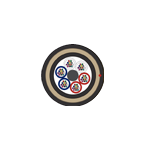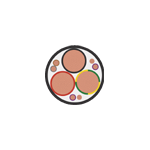Water Resistant Cables: Types and Classification
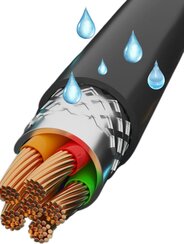
Water, the lifeblood of our planet, can be a relentless adversary to electrical systems. In environments where moisture is a constant threat – be it from rain, submersion, or high humidity – standard cables simply won’t cut it. This is where water-resistant cables step in, engineered to maintain their integrity and functionality even when exposed to damp or wet conditions. Understanding the different types and classifications of these specialized cables is crucial for ensuring the safety and reliability of electrical installations in challenging environments.
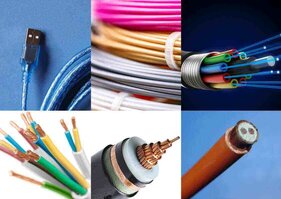
Types of Water-Resistant Cables
The term “water-resistant” encompasses a range of cable designs, each offering varying degrees of protection against moisture ingress. Here are some key types:
- PVC (Polyvinyl Chloride) Jacketed Cables: PVC is a common and relatively inexpensive jacketing material that offers a basic level of water resistance. While not designed for continuous submersion, PVC can withstand splashes, rain, and damp environments. It’s a popular choice for general outdoor applications where direct and prolonged water exposure is not expected.
- Polyurethane (PUR) Jacketed Cables: PUR offers superior abrasion resistance, flexibility, and importantly, excellent resistance to water, oils, and chemicals. PUR jackets create a robust barrier against moisture penetration, making these cables suitable for more demanding outdoor and industrial applications where exposure to liquids is likely.
- Rubber Jacketed Cables (e.g., EPR, Neoprene): Rubber compounds like Ethylene Propylene Rubber (EPR) and Neoprene exhibit inherent water resistance and flexibility. They are often used in applications involving temporary submersion or where flexibility and durability are paramount, such as portable power cables for outdoor equipment or marine applications (though specialized marine-grade cables offer even higher protection).
- XLPE (Cross-linked Polyethylene) Insulated Cables: While XLPE is primarily an insulation material, its excellent electrical properties and resistance to moisture and chemicals contribute to the overall water resistance of a cable. When combined with a suitable water-resistant jacket, XLPE insulated cables offer reliable performance in damp environments.
- Submersible Cables: These are specifically designed for continuous underwater operation. They feature robust insulation and jacketing materials that prevent water ingress even under significant pressure. Common applications include submersible pumps, underwater lighting, and offshore installations. These cables often adhere to specific industry standards for submersible applications.
- Mineral Insulated (MI) Cables: Constructed with copper conductors insulated by compressed mineral powder (magnesium oxide) and sheathed in a copper or stainless steel outer layer, MI cables are inherently waterproof. The hermetic seal created by the sheath and the non-hygroscopic nature of the mineral insulation make them extremely resistant to moisture and other environmental factors.
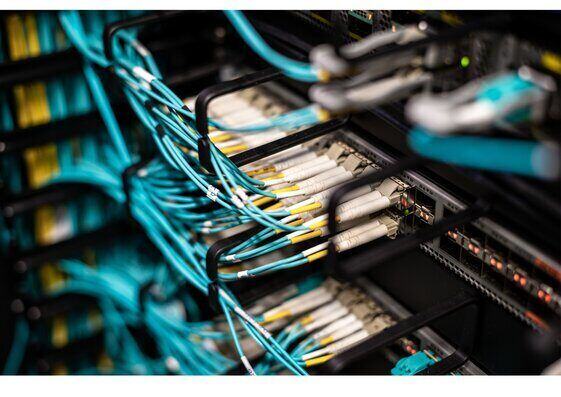
Classification of Water Resistance: The IP Code
To provide a standardized way of understanding the level of protection offered by enclosures (including cable connectors and entry points), the International Electrotechnical Commission (IEC) developed the Ingress Protection (IP) code, as defined in IEC standard 60529. While the IP code primarily applies to enclosures, it’s crucial for understanding the water resistance capabilities of cable terminations and connections, which are often the weakest points in a water-resistant system.
The IP code consists of two digits:
- The first digit indicates the level of protection against solid objects (dust, tools, fingers).
- The second digit indicates the level of protection against liquids (water).
For water resistance, we focus on the second digit:
- IPX0: No protection against water ingress.
- IPX1: Protection against vertically falling water drops.
- IPX2: Protection against vertically falling water drops when the enclosure is tilted at an angle of 15 degrees from its normal position.
- IPX3: Protection against spraying water at any angle up to 60 degrees from the vertical.
- IPX4: Protection against splashing water from any direction.
- IPX5: Protection against water jets projected by a nozzle from any direction.
- IPX6: Protection against powerful water jets projected by a nozzle from any direction.
- IPX7: Protection against the effects of temporary immersion in water (typically up to 1 meter depth for 30 minutes).
- IPX8: Protection against the effects of continuous immersion in water under pressure (depth and duration specified by the manufacturer).
- IPX9K: Protection against powerful high-temperature water jets from any direction (often seen in high-pressure wash-down applications).
When selecting water-resistant cables and connectors, it’s essential to consider the specific environmental conditions and choose components with an appropriate IP rating to ensure long-term reliability and safety. For instance, a cable running outdoors exposed to rain might require at least an IPX4 rating at its connections, while a submersible pump cable would necessitate an IPX8 rating.

Considerations for Selecting Water-Resistant Cables
Beyond the type of cable and IP rating of connections, several other factors play a crucial role in selecting the right water-resistant cable for a specific application:
- Operating Environment: Consider the temperature range, potential for chemical exposure, abrasion risks, and the degree and duration of water exposure.
- Mechanical Requirements: Flexibility, tensile strength, and bend radius requirements should be factored in.
- Electrical Requirements: Voltage and current carrying capacity must be appropriate for the application.
- Standards and Certifications: Ensure the cable meets relevant industry standards and certifications for the intended use (e.g., UL, CSA, marine certifications).
- Cost: While water-resistant cables may be more expensive than standard cables, the long-term cost savings from preventing failures and ensuring safety often outweigh the initial investment.
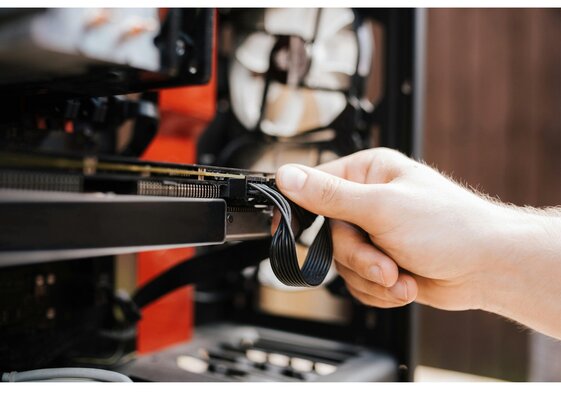
Conclusion
Water-resistant cables are indispensable in a wide array of applications where moisture poses a threat to electrical system performance and safety. By understanding the different types of water-resistant cables available and the significance of the IP code for connections, engineers and installers can make informed decisions to select the most appropriate solutions for their specific needs. Choosing the right water-resistant cable, coupled with properly sealed connections, is a critical step in ensuring the longevity, reliability, and safety of electrical installations in wet and demanding environments.


